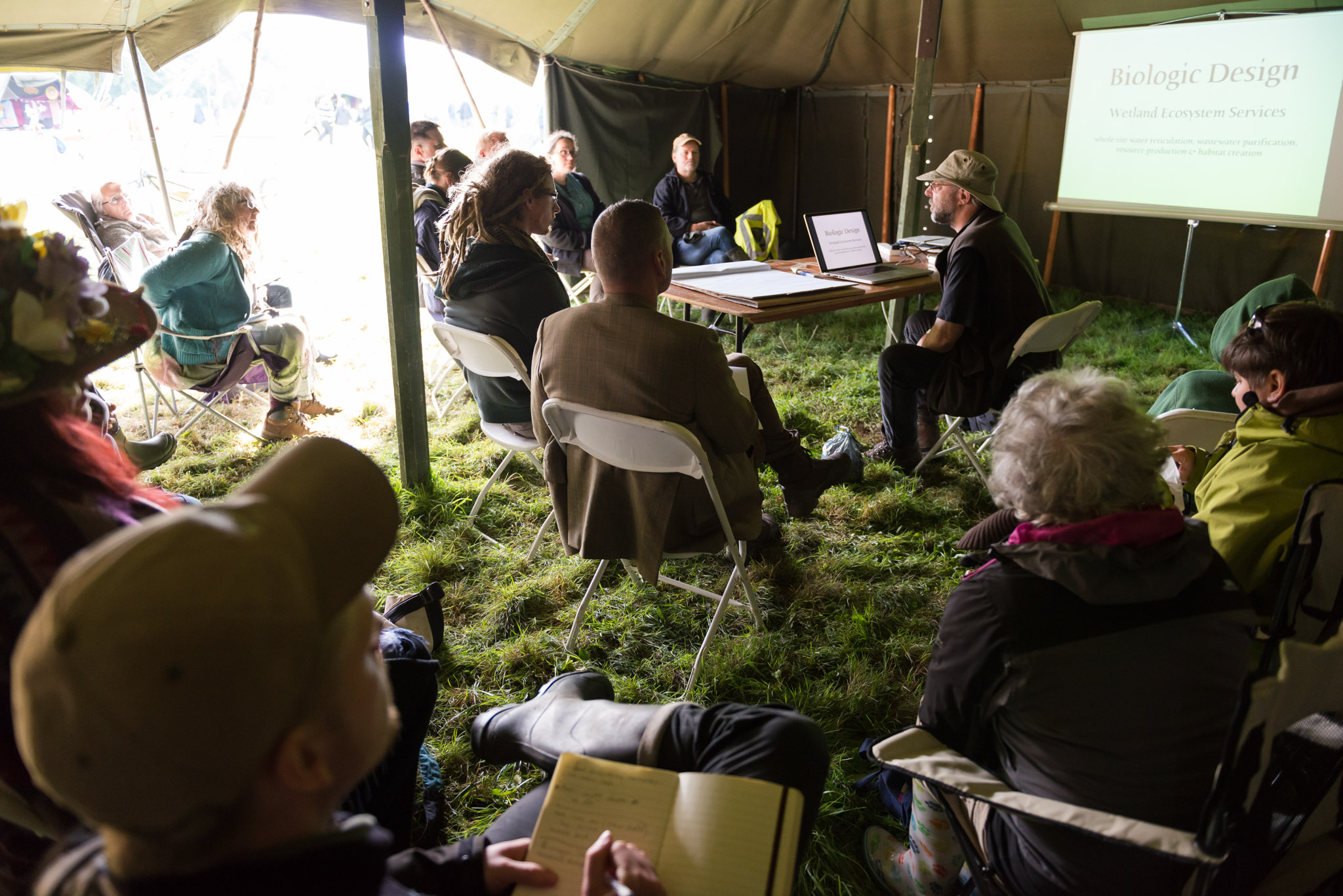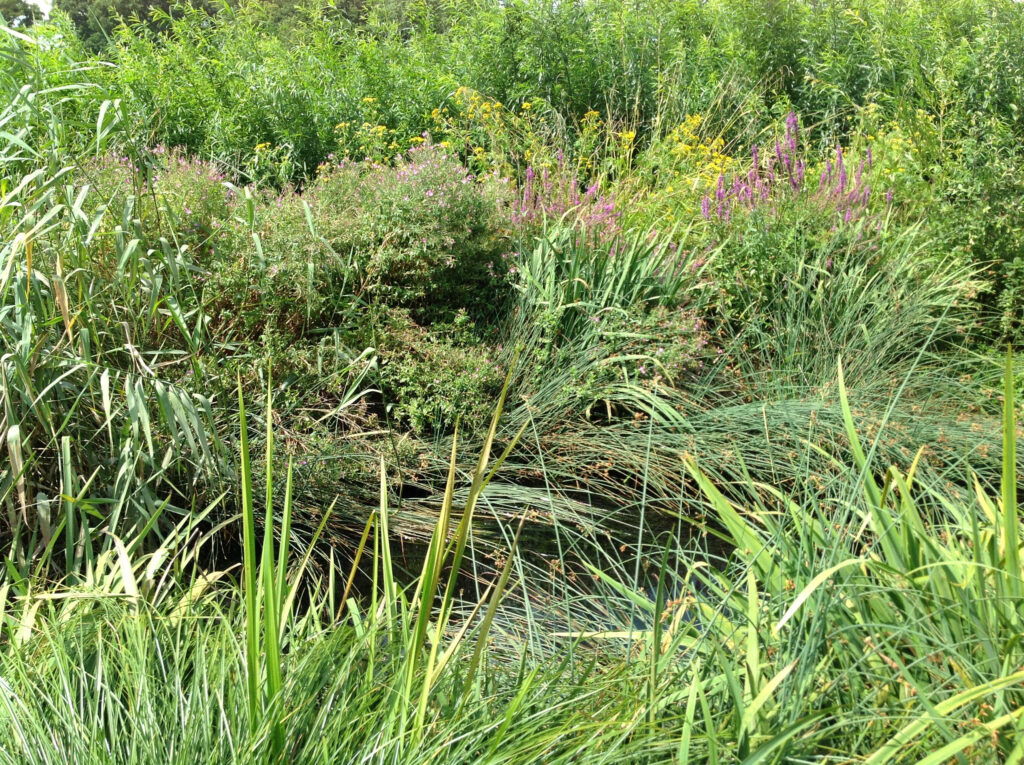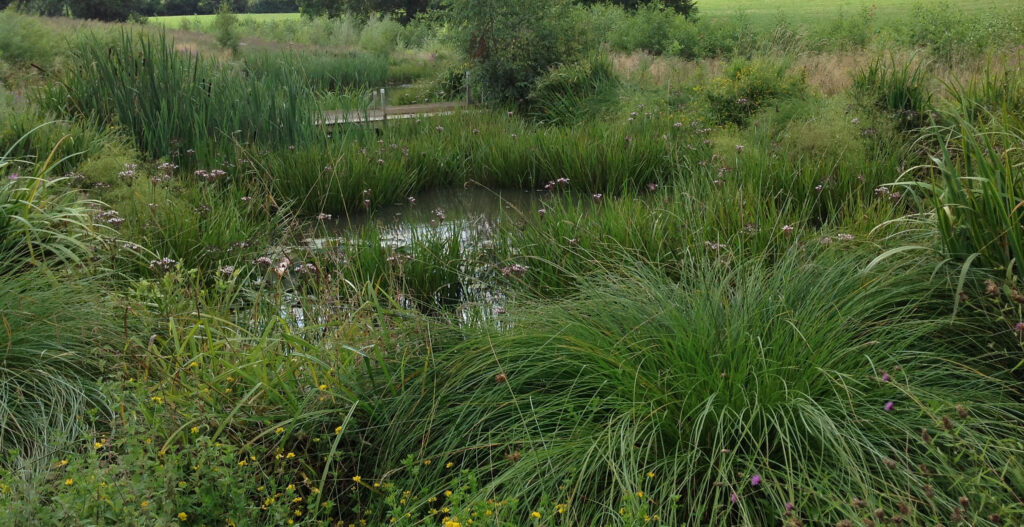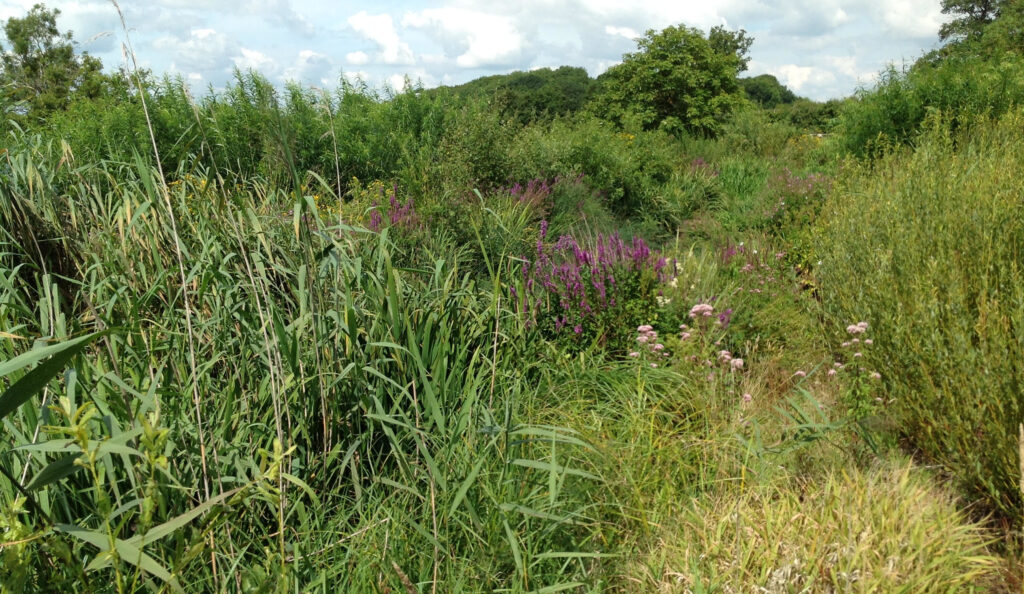WET Water Systems with Jay Abrahams from Biologic Design

Jay Abrahams is a microbiologist and permaculture designer who specialises in creating WET water treatment systems for domestic sewage, farming and industry. He coined the term “Treebogs” and talks about designing and building these willow-based composting toilets. Jay runs Biologic Design Ltd.
In 2022 Jay and Clara have completed the earthworks of an 8 acre WET System and Stage Zero wetland for a farm in Hampshire. This is to sequester and turn into biomass yield the nitrates in a trout stream which, due to 50 years of NPK fertiliser use, is currently being fed by a spring containing around 10mg/litre of nitrates. This is one of the first such “nature based” systems in the UK under a Natural England scheme whereby developers pay farmers to take out excess nutrients in order to get planning approval.
Clara Abrahams will give a joint presentation with Jay, to add more details about the forty or so native plant species she raises in her wetland and wet woodland plant nursery for these systems.
Along with the water retentive landscape and constructed wetland work Jay does through Biologic Design, He is doing a part-time PhD funded by The Centre for Agroecology, Water & Resilience – and has two years to gather data on the analysis on the efficacy of two established WET Systems.
Sewage Wetland Ecosystem Treatment (WET) System in Herefordshire – A biodiversity hotspot!

Serving a permanent population of 50 people this WET System will also serve up to 1,500 people at various times of the year.

The penultimate pool has a meditation platform ‘floating’ about 6 inches from the water surface, whilst the final pool is regularly used as a natural swimming pond by residents and visitors.

It is planted primarily as basketry willow coppice, it also has about 35 fruit and nut trees (as well as soft fruit bushes) planted on the banks within and around it.

Treebogs
A Treebog is a composting toilet surrounded by moisture or nutrient-hungry trees like Willow. They use no water, get rid of pathogens and contain the organic waste material. Sweet-smelling herbs such as mint will thrive around a Treebog.
Both faeces and urine are deposited onto the heap inside the bog, with plenty of coveing material like sawdust. The solids compost and the liquids soak through the soil and straw bales to the roots of the Willow. “The associated dense rootzone enables the nitrogen to be rapidly absorbed and metabolised by the mycorhyzal species.” The faeces are contained within the Treebog base, which is well ventilated to allow aerobic decomposition to occur, the composted material feeding the trees around it.
Biologic Design was established in 1993 with the aim of creating integrated, multi-species constructed wetlands for sustainable wastewater purification, biodiversity enhancement and resource production. www.biologicdesign.co.uk